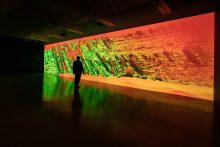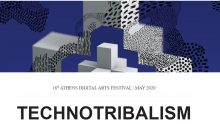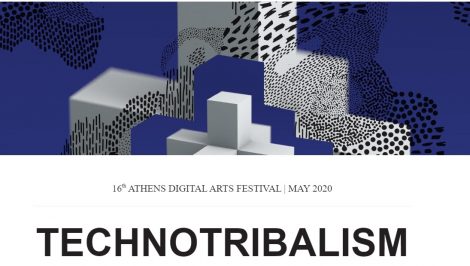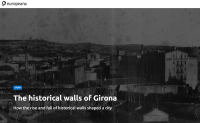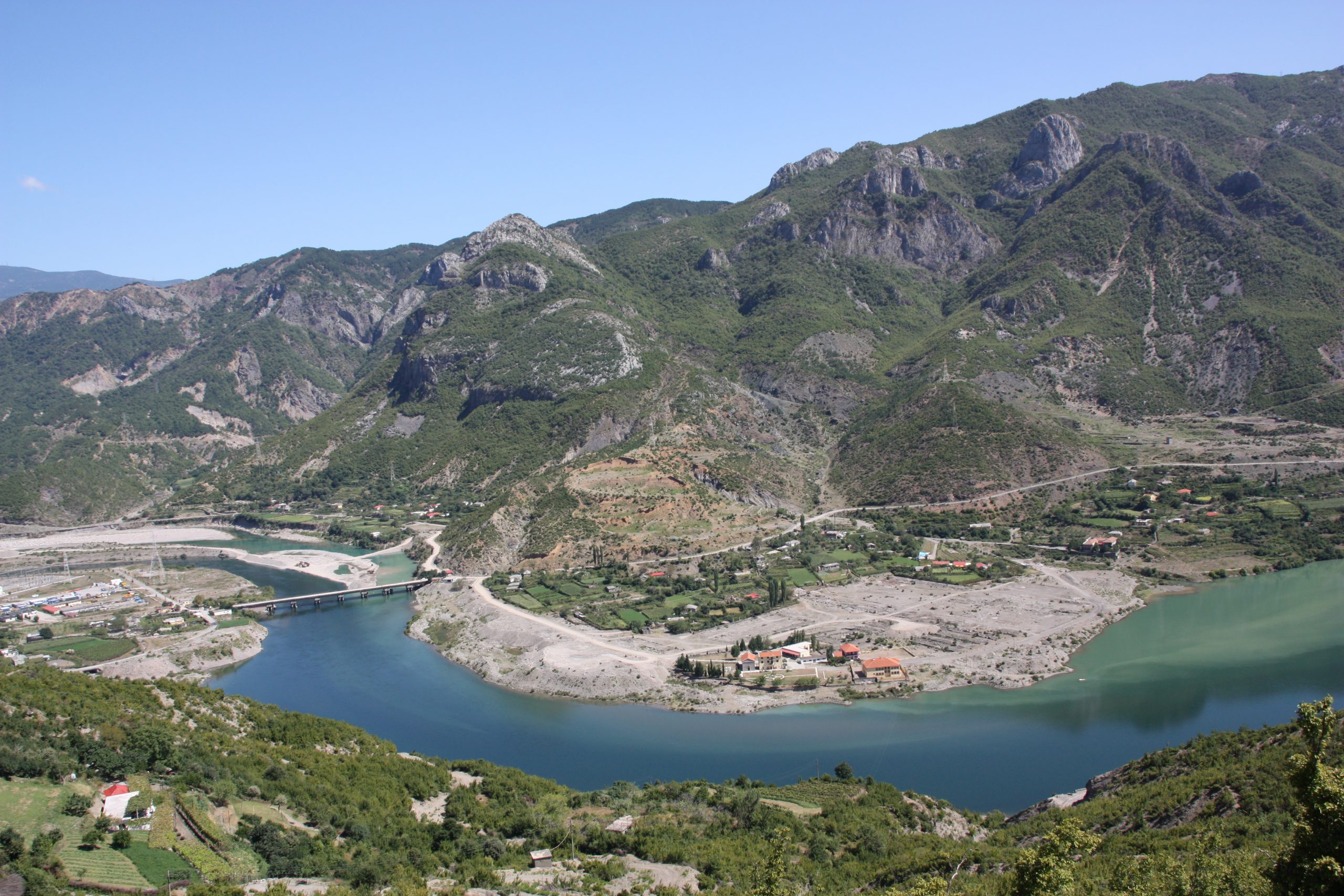 The municipality of Vau i Dejës is committed to a project to create a regional natural park in order to enhance the diversity of Komani heritage resources (landscape, archaeology, vernacular heritage, etc.). Based on Komani case study and on the Grands Sites de France approach, the workshop intends to feed discussion about integrated management of heritage areas. It will also discuss the experience acquired within the Grands Sites de France national policy (coordination between preserving heritage value of sites and managing tourist flows, stimulating a socio-economic impact on the area, urban sprawl, etc.).
The municipality of Vau i Dejës is committed to a project to create a regional natural park in order to enhance the diversity of Komani heritage resources (landscape, archaeology, vernacular heritage, etc.). Based on Komani case study and on the Grands Sites de France approach, the workshop intends to feed discussion about integrated management of heritage areas. It will also discuss the experience acquired within the Grands Sites de France national policy (coordination between preserving heritage value of sites and managing tourist flows, stimulating a socio-economic impact on the area, urban sprawl, etc.).
The workshop offers the opportunity to share experiences and case studies about heritage sites sustainable management in the Balkans and will count on the participation of Professionals and organizations involved in preservation, management and valorisation of Komani, of other heritage sites in the Drin Valley, Albania and the Balkan region as well as the relevant contribution of speakers with an important experience in the topic of the workshop.
The seminar is co-organized by the Franco-Albanian archaeological mission of Drin Valley, the municipality of Vau i Dejës and the Réseau des Grands Sites de France (RGSF), in collaboration with the Grand Site de France Bibracte-Mont Beuvray, the French Embassy in Albania, as well as the partners of the RGSF’s International Francophone Centre.
Login Status
-
Free text
UPCOMING EVENTS:
 Created in the context of the EUreka3D-XR project and designed to help anyone on their 3D digitisation journey
Created in the context of the EUreka3D-XR project and designed to help anyone on their 3D digitisation journeyThe common European data space for cultural heritage is developing training resources on various themes, to support cultural institutions in building capacity for the new challenges they are facing in innovating and modernizing their workflows in the digital realm. EUreka3D … Continue reading →
 IN SITU Final Conference, Valmiera, Latvia, from 11-13 May 2026
IN SITU Final Conference, Valmiera, Latvia, from 11-13 May 2026The IN SITU project celebrates its Final Conference in Valmiera (Latvia) from 11 to 13 May 2026. Extended deadline: The deadline for the Call for Papers for the Special Issue Proposal in the International Journal of Cultural Policy has been … Continue reading →


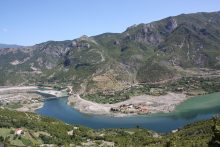
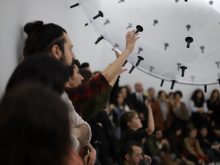
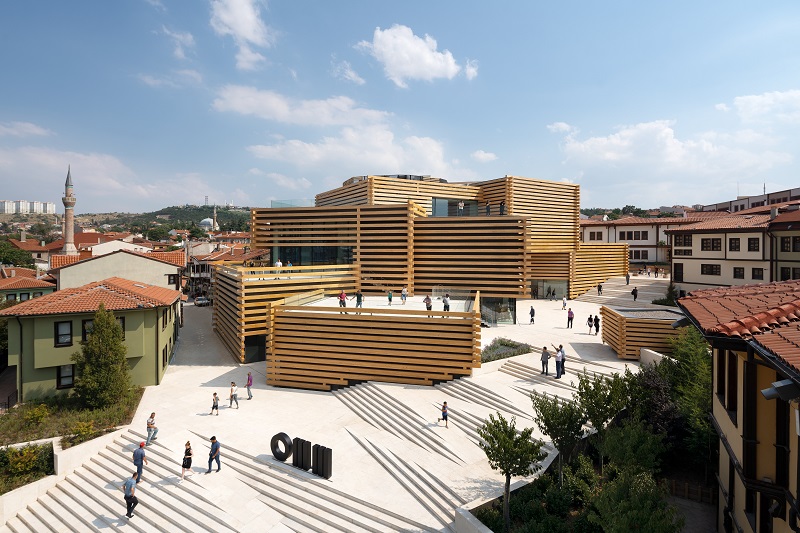
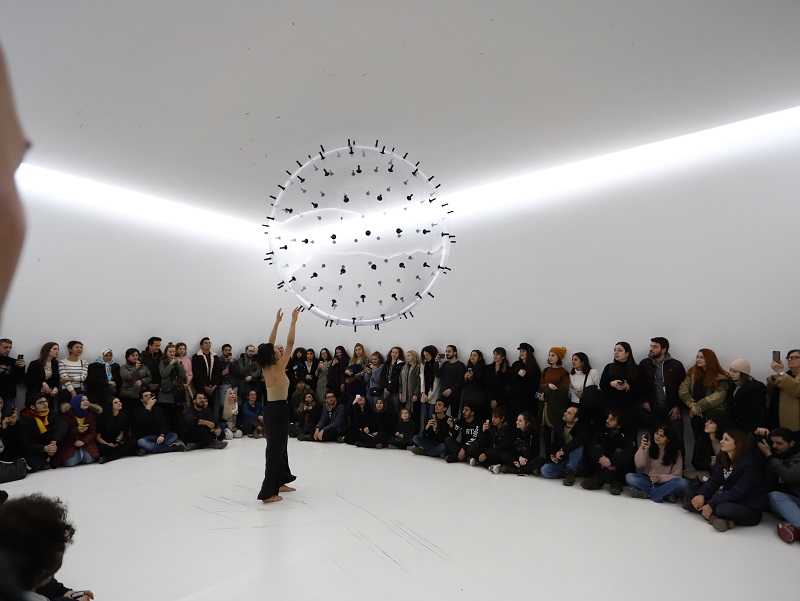
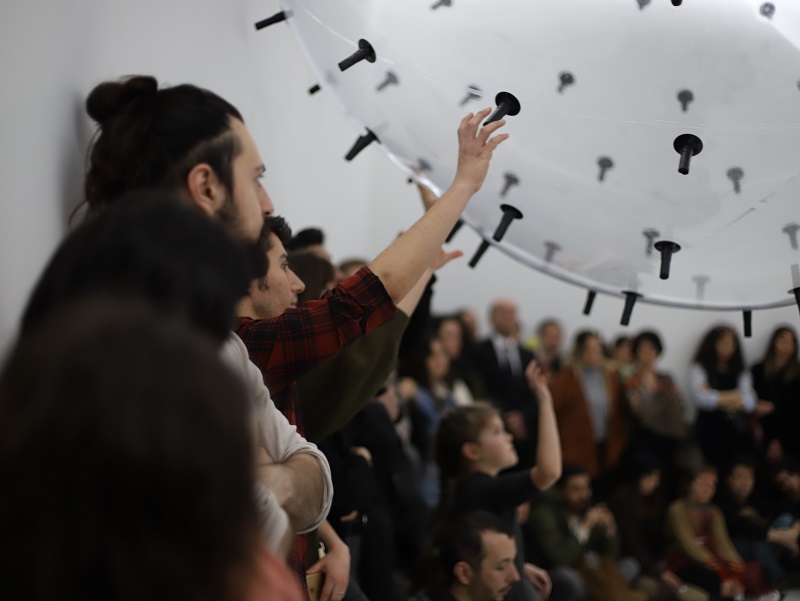
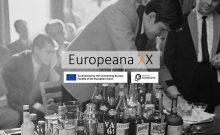
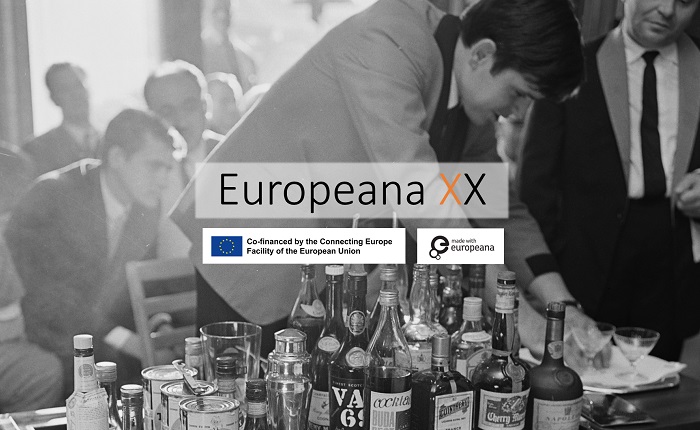






















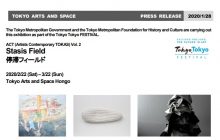
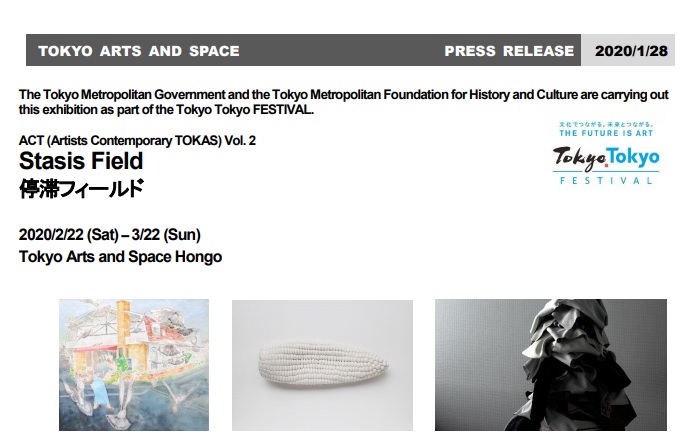 Tokyo Arts and Space (TOKAS) has supported artists in a multi-career-stage and continuously supportive program through endeavors such as open call exhibitions, exhibitions of contemporary artists, and international fellowships. In the Artists Contemporary TOKAS (ACT) series launched in 2018, exhibitions will be held to introduce artists who are worthy of attention now, centered on those that have taken part in TOKAS programs. Introduced at this second installment, titled ”Stasis Field,” are works by three artists/pairs: TANAKA Shusuke, HIROSE Nana & NAGATANI Kazuma, WATANABE Go.
Tokyo Arts and Space (TOKAS) has supported artists in a multi-career-stage and continuously supportive program through endeavors such as open call exhibitions, exhibitions of contemporary artists, and international fellowships. In the Artists Contemporary TOKAS (ACT) series launched in 2018, exhibitions will be held to introduce artists who are worthy of attention now, centered on those that have taken part in TOKAS programs. Introduced at this second installment, titled ”Stasis Field,” are works by three artists/pairs: TANAKA Shusuke, HIROSE Nana & NAGATANI Kazuma, WATANABE Go.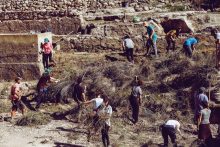
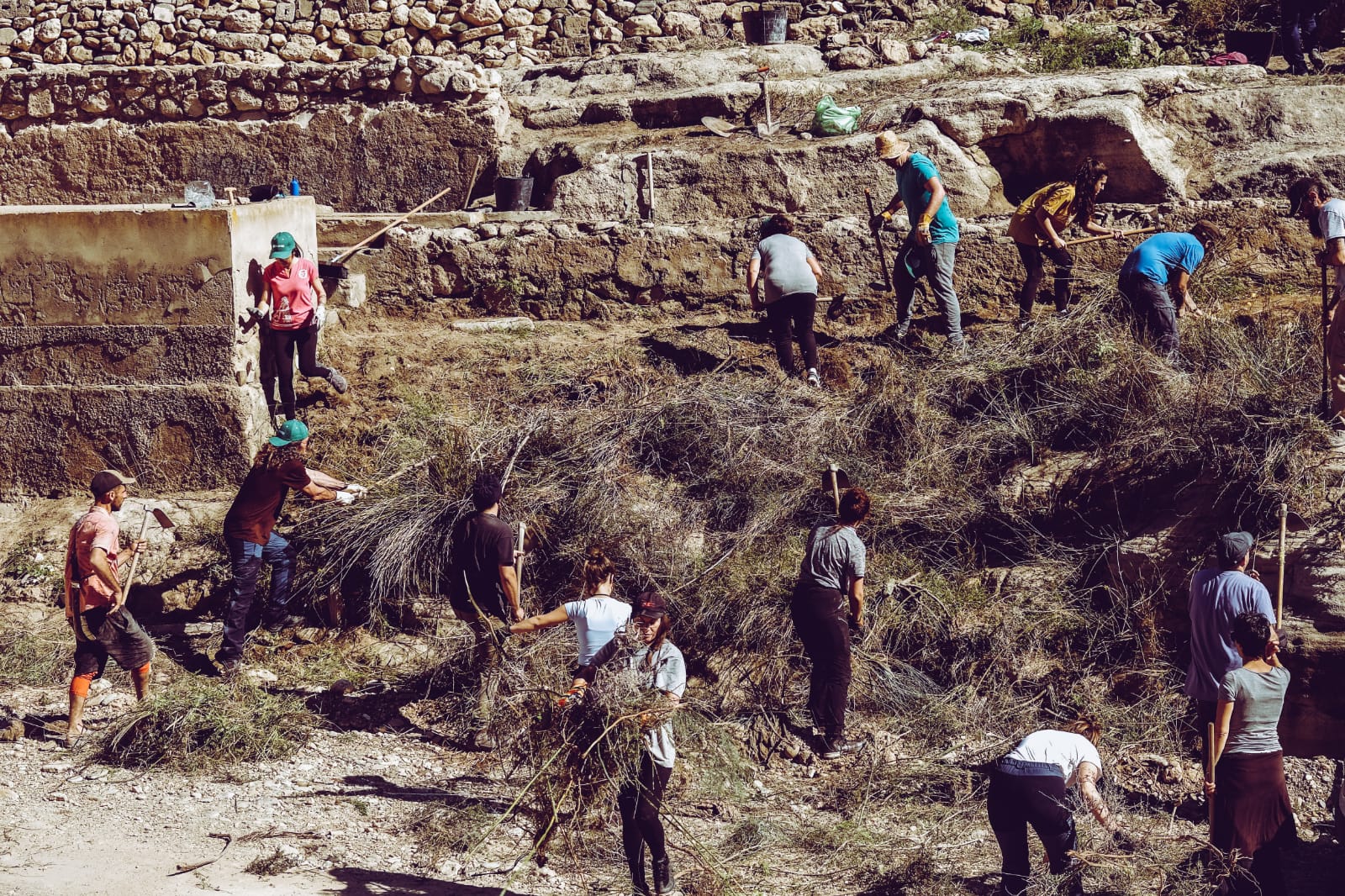 Saturday 15 February 2020 in Sorbas, Almería (Spain), MEMOLab, REACH project and local associations had collaborate in the cleanliness of Fuente de los Caños.
Saturday 15 February 2020 in Sorbas, Almería (Spain), MEMOLab, REACH project and local associations had collaborate in the cleanliness of Fuente de los Caños.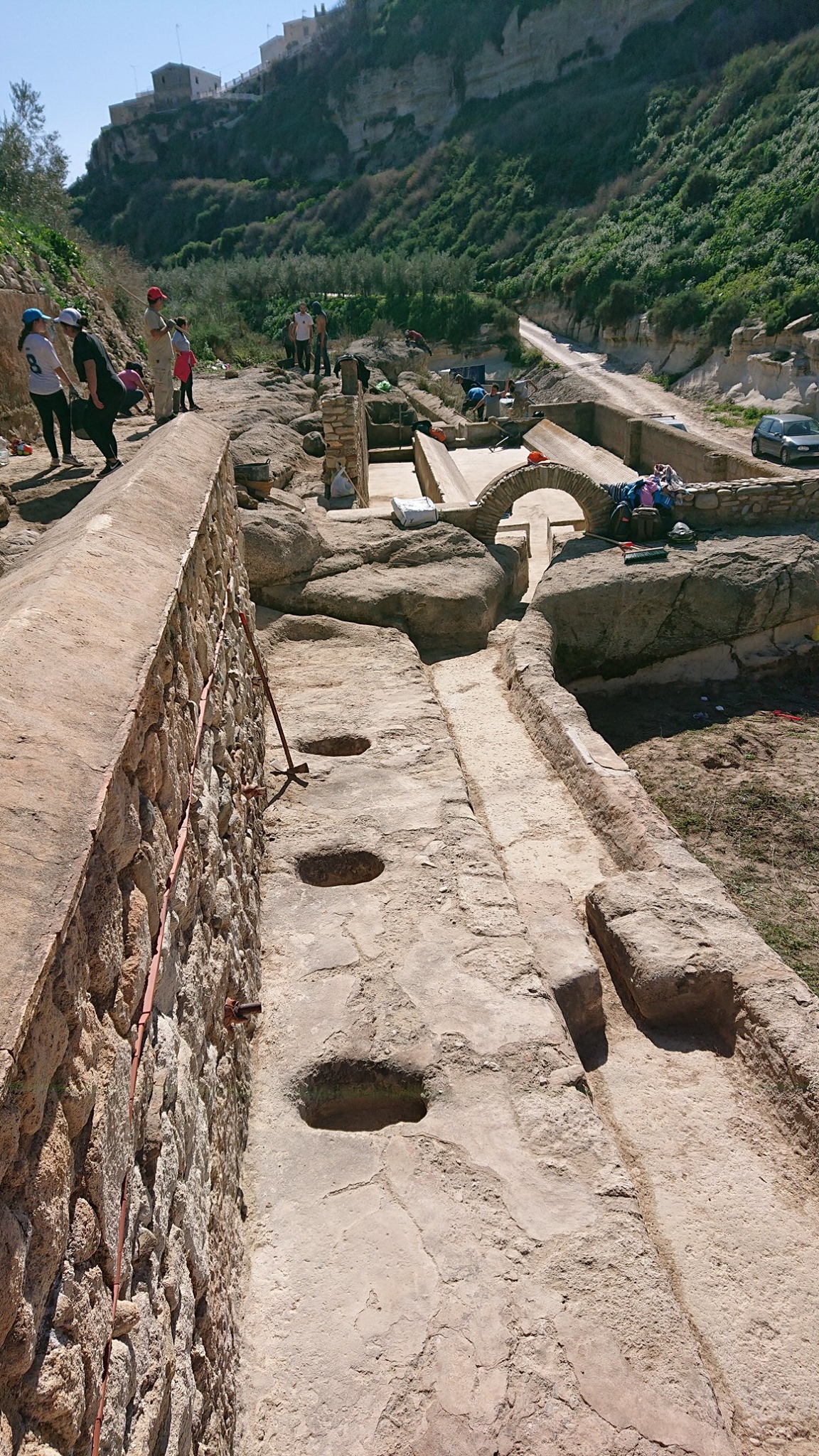
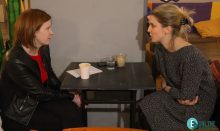
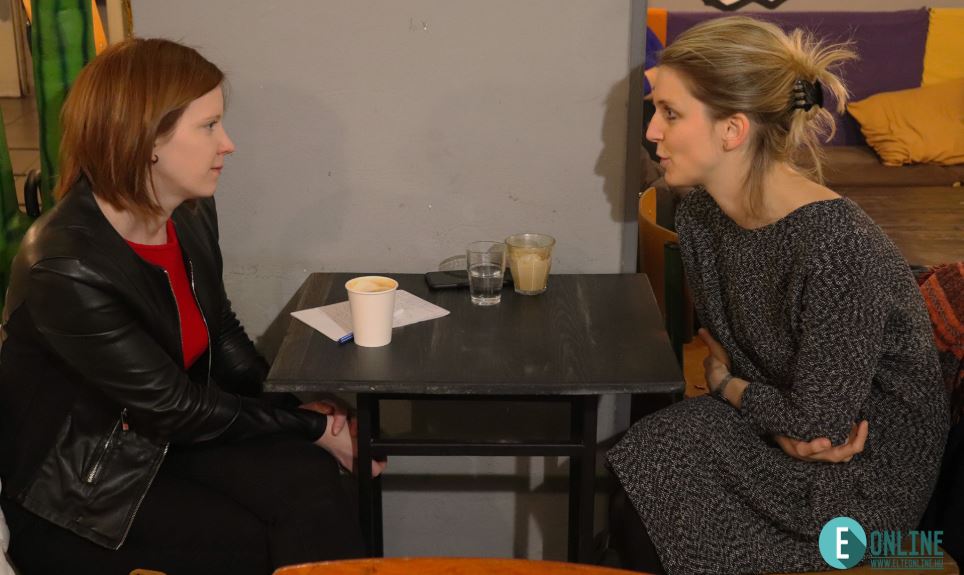 Last 19 February, Dr György Eszter, interviewed by the “HALLGATOI MAGAZINE” reported her direct experience in carrying on the case study of the minority heritage pilot within the REACH project.
Last 19 February, Dr György Eszter, interviewed by the “HALLGATOI MAGAZINE” reported her direct experience in carrying on the case study of the minority heritage pilot within the REACH project.